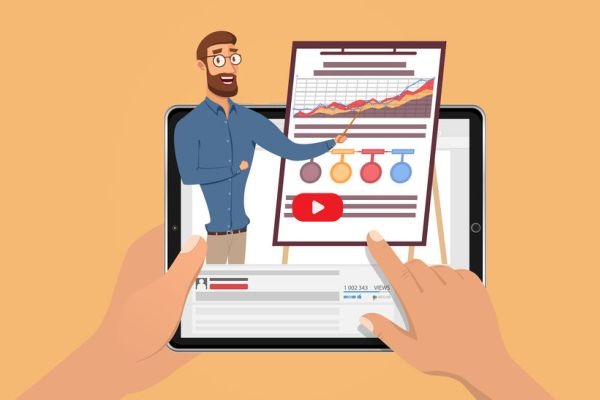
Here’s how.
Learning and development is an often-overlooked tool for building trust with employees. It shows that leadership is interested in growing employees within the company, helping guide them to more rewarding careers without having to leave. Communicators come in by helping guide employees to these resources and shaping the stories around their implementation.
“The key to successful learning initiatives is to meet people where they are,” said Gary Cooper, head of Alexa trust in privacy marketing at Amazon, during Ragan’s Cultivating Employee Trust Through Continuous Learning webinar this week. By demonstrating that content is easily accessible and relevant, comms teams can bolster employee trust, leading to a healthier, more engaged workforce.
And while learning can sometimes be perceived as “nice to have” in times when business is lulling, implementing regular, personalized development tools to help sustain success fosters this trust, Cooper said.
Learning must be relevant to employees’ roles
Think about employees as individuals first, Cooper said. What information is most useful to them? How can you best personalize this information?
Learning tools should meet the needs of your employees. It should be a regular part of an organization’s culture.
“Think about the language you’re using and what the right words might be to use,” he said. “People’s communication skills may vary depending on your organization. How can you create a more equitable foundation?”
Collaborative practice of language inclusion, or practices that promote the use of inclusive language in all aspects of the learning environment, including teaching materials, is an integral part of Amazon’s L&D comms strategy, but it’s something that many companies can evaluate to make sure that learning is relevant and clearly understood while reaffirming trust, he said.
When you take these considerations and put them into practice, it’s easier to build a learning tool that drives greater outputs, Cooper added.
Content should ladder up to clear business objectives
Consider the learning method as well. How do employees learn? What works best for their role and their time?
Bite-sized learning, or short-form content meant to quickly hit on one or two topics, can be relevant to building foundational trust. This is because it doesn’t overload employees with information and shows respect for an employee’s time. But overly shallow content can also perpetuate confusion and lack clarity.
When learning does not align with clear business goals, employees may question the value of their time spent on training, leading to skepticism about organizational intentions.
“It’s very easy in this learning world to be quite abstract … but how does that really impact (the employee’s) role?” he said. “If the content is too shallow or not connected to their actual work, employees may feel disengaged, which can erode trust.”
Empower employees to make their own learning choices, at their own pace.
“We call it freedom within the framework,” Cooper said. “We want to guide you toward some level of an outcome but we want people to have the autonomy to make decisions themselves.”
Be realistic and clear about outcomes
A robust L&D program that guides employees towards successful outcomes is the goal. But not every learning program works perfectly every time.
Before integrating, be clear about your resources, your objectives and what your perceived impact looks like, Cooper said.
“One of the key failures I’ve experienced is having a grand idea, getting it off the ground but then being like, ‘I don’t know where it goes from here.’”
Careful consideration of these ideas ensures that comms teams will be better prepared to shift when necessary and adapt to employee needs, Cooper said
Further, employees will not only be better equipped in their continued learning, but they’ll have confidence and trust that they’re being properly guided.
Check out more of Ragan’s upcoming webinars and events here.
Courtney Blackann is a communications reporter. Connect with her on LinkedIn or email her at courtneyb@ragan.com.
The post The way you implement L&D impacts employee trust appeared first on PR Daily.












